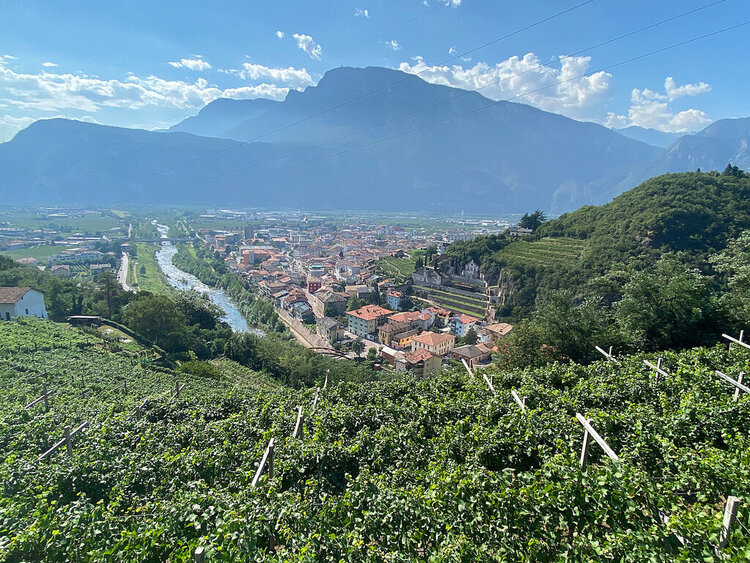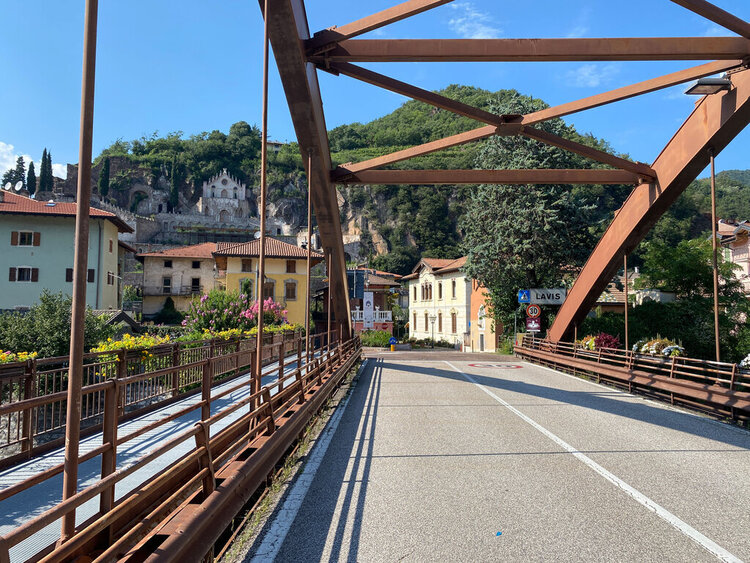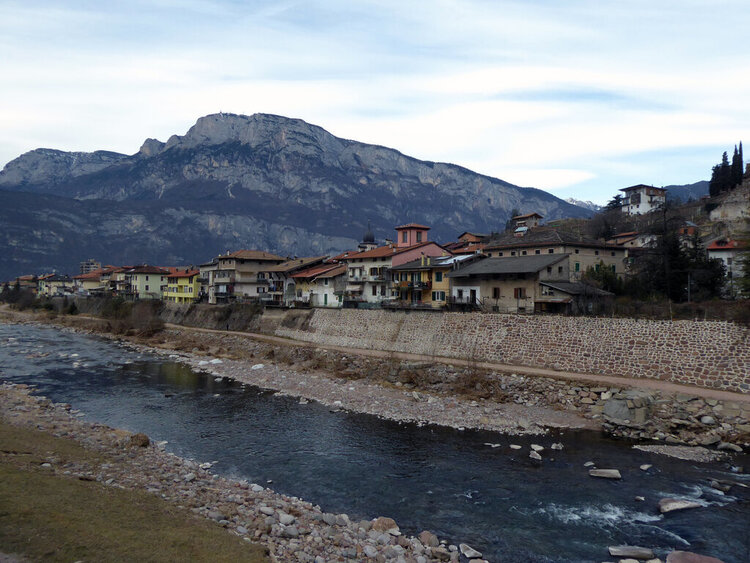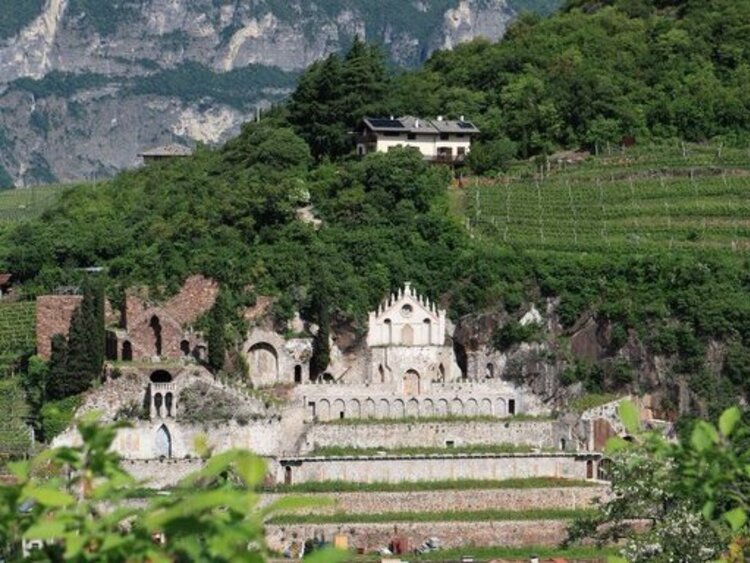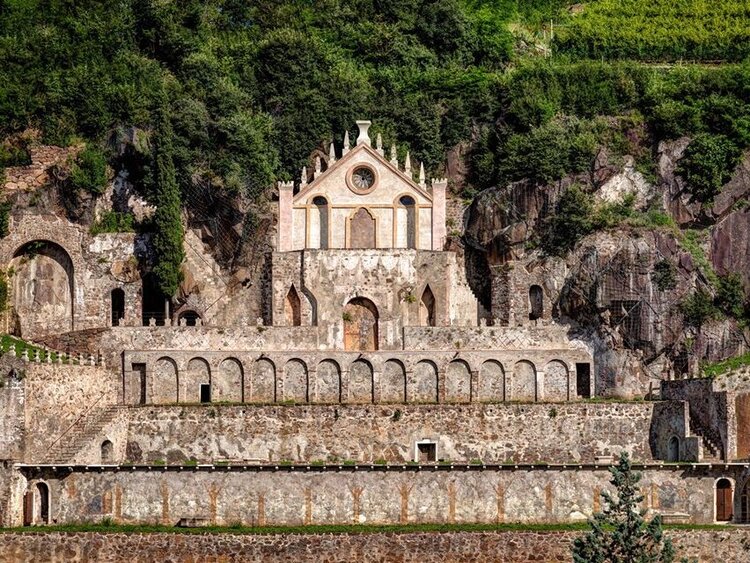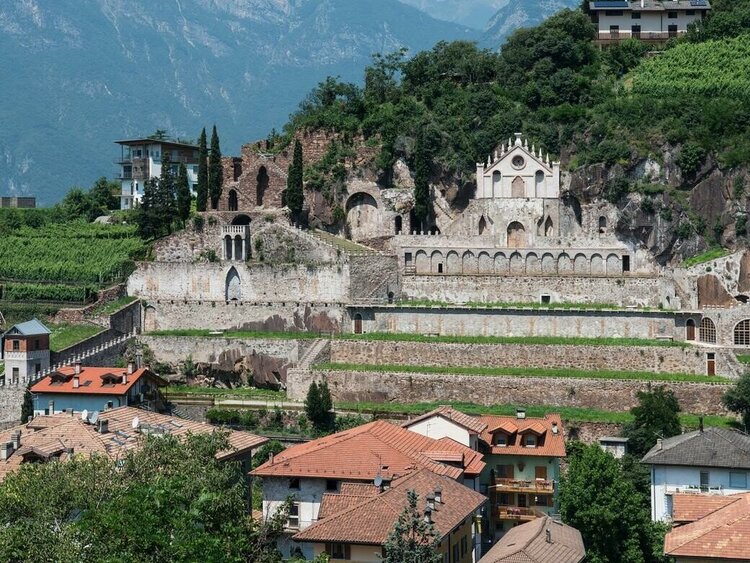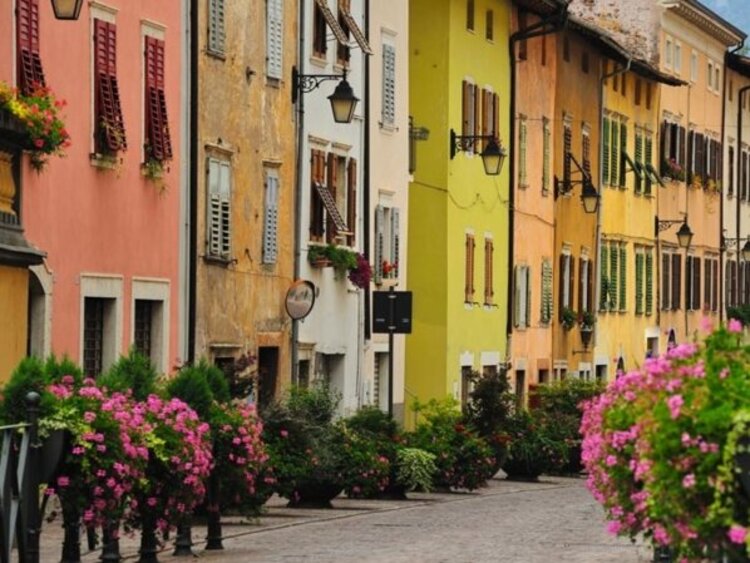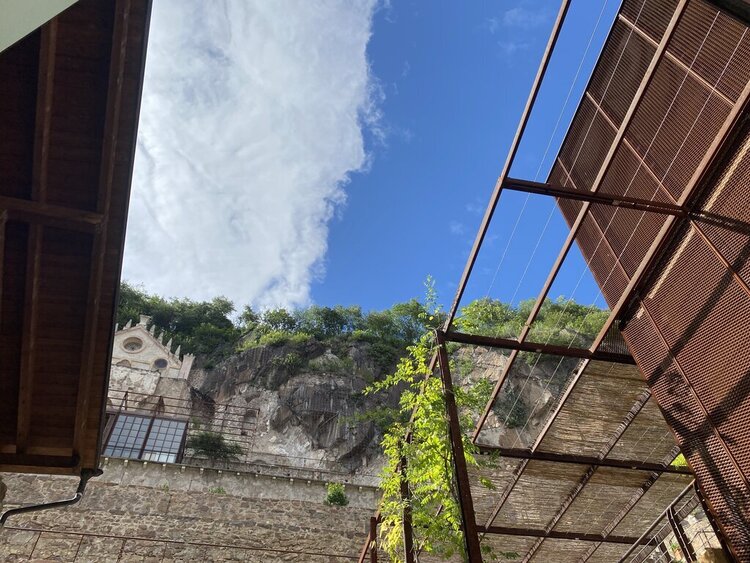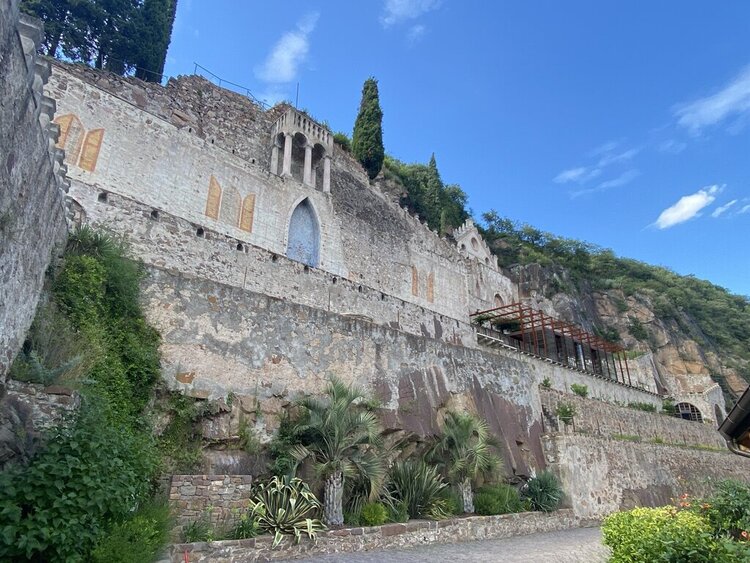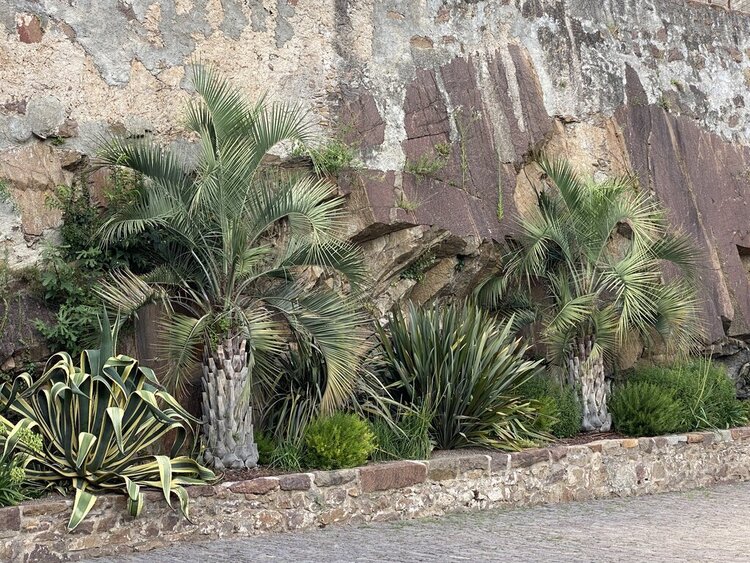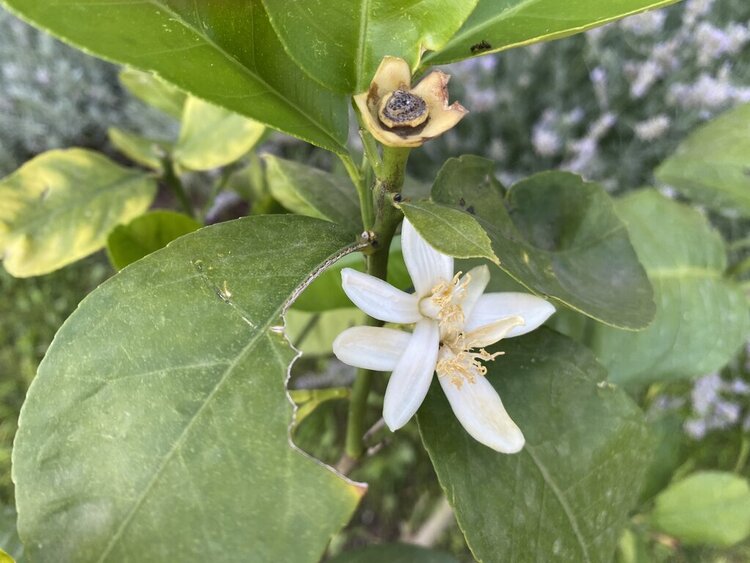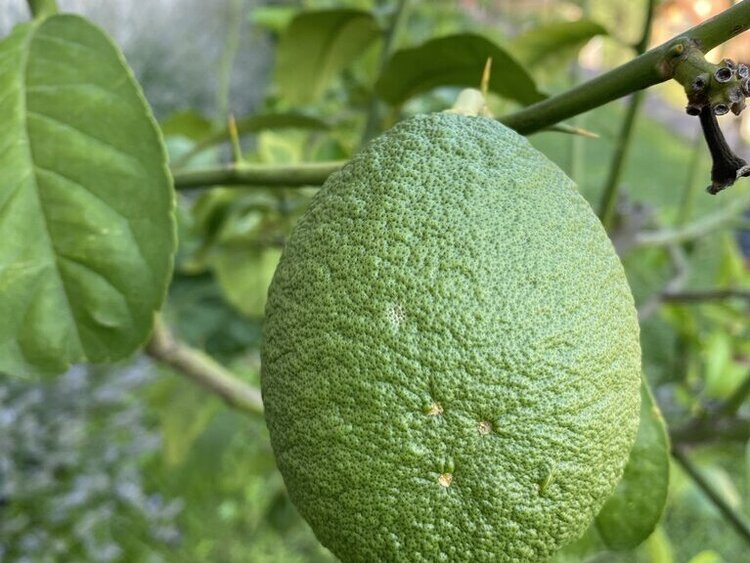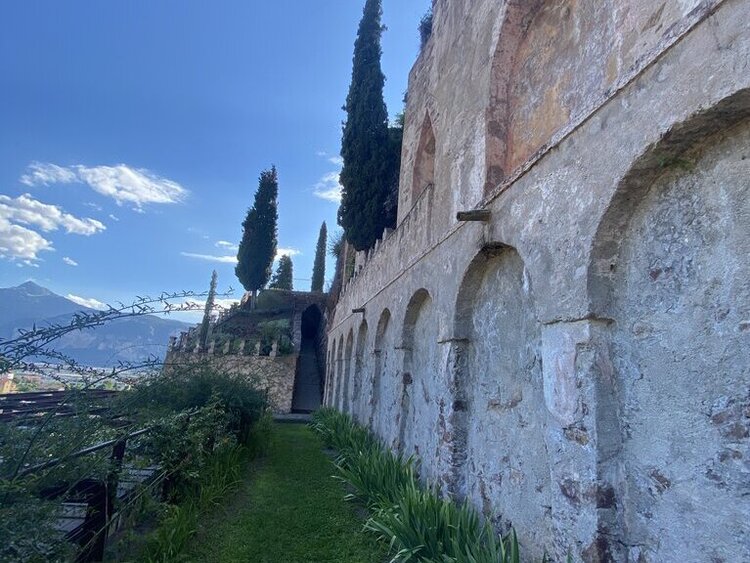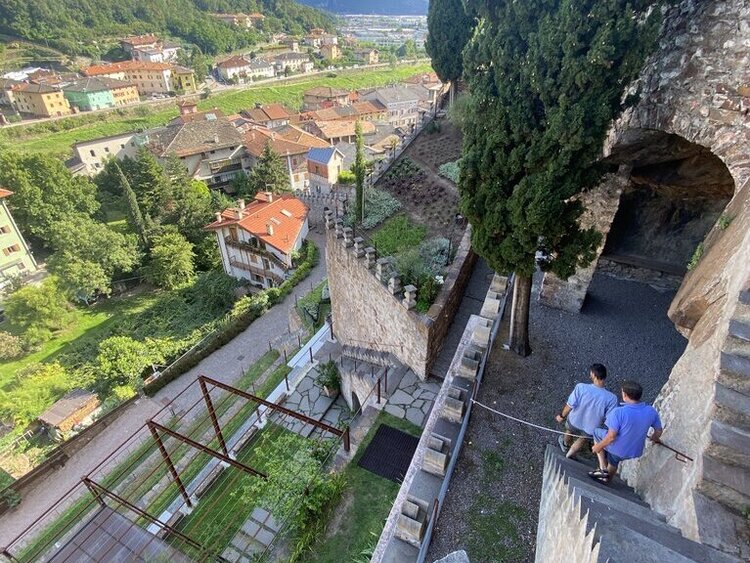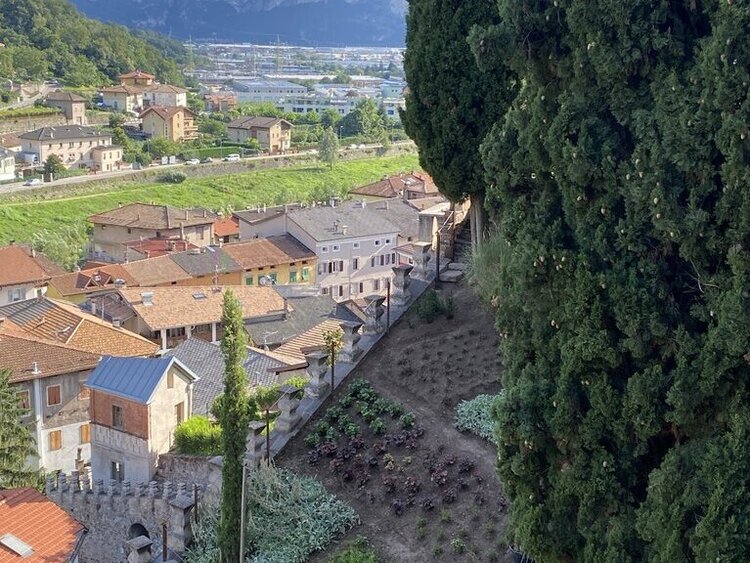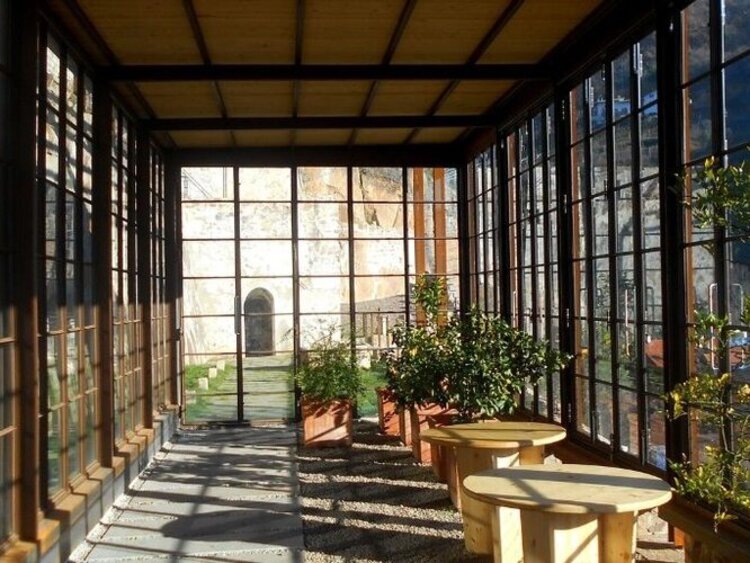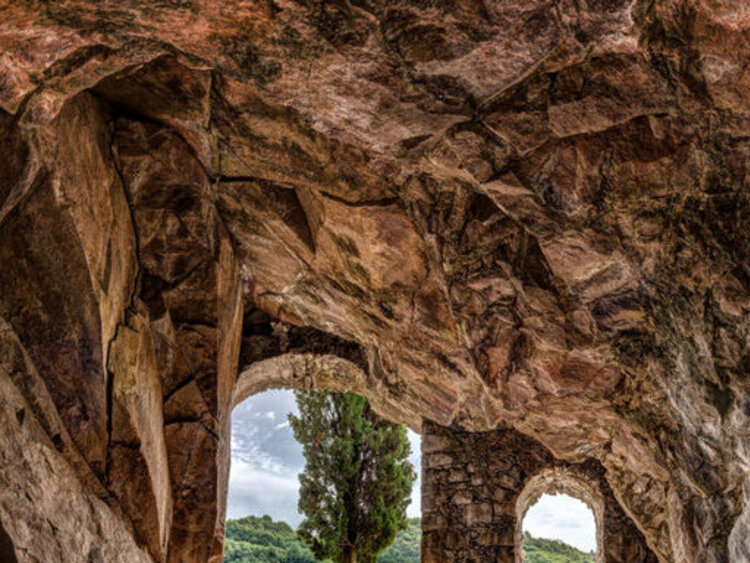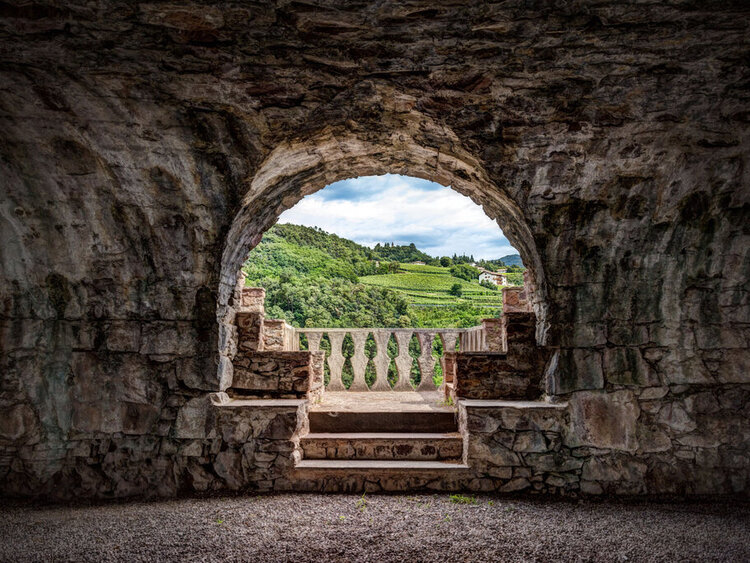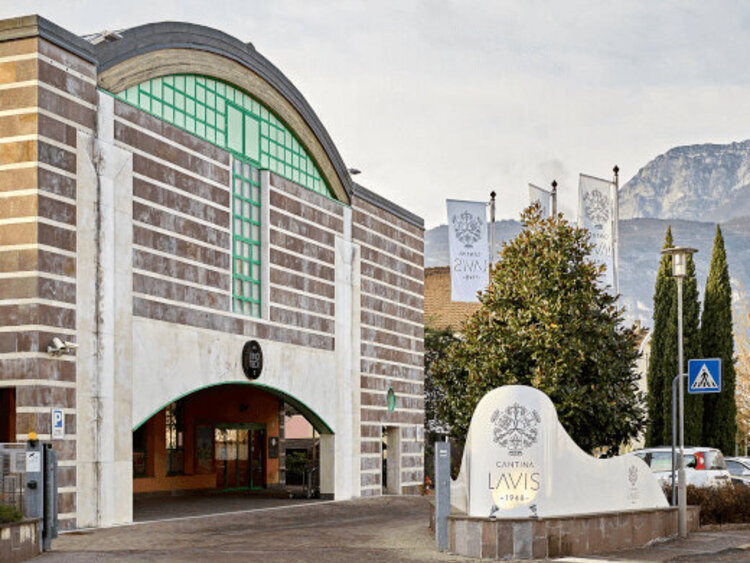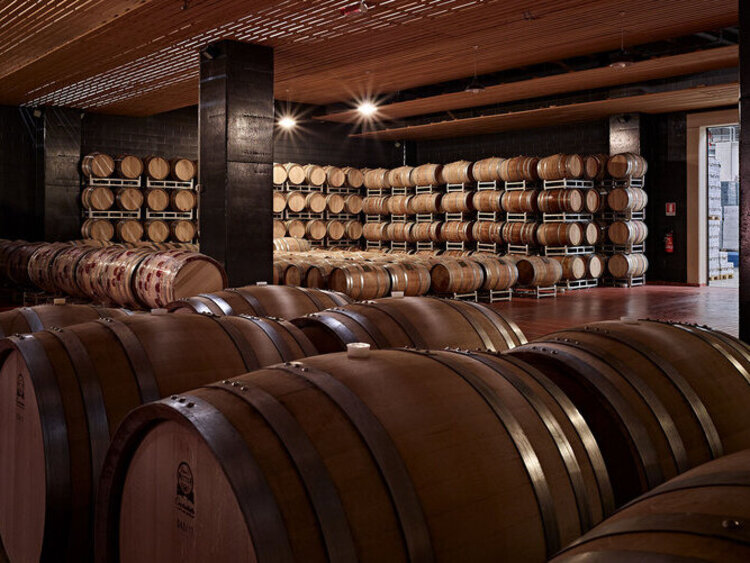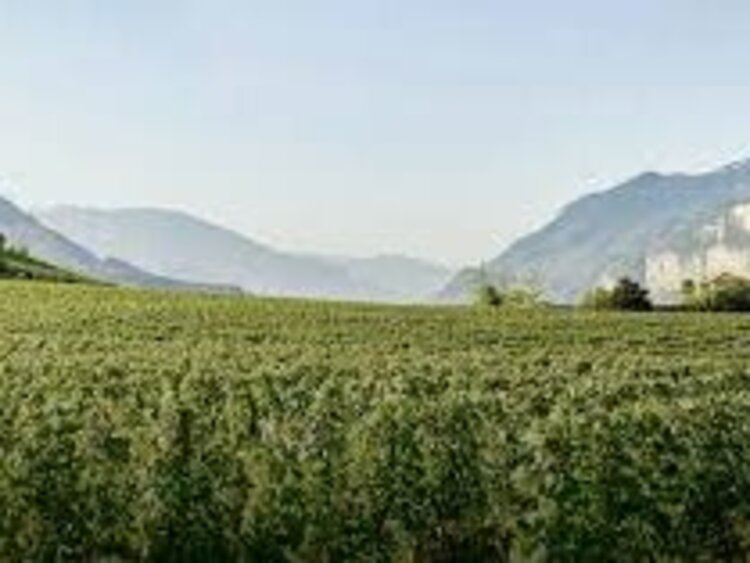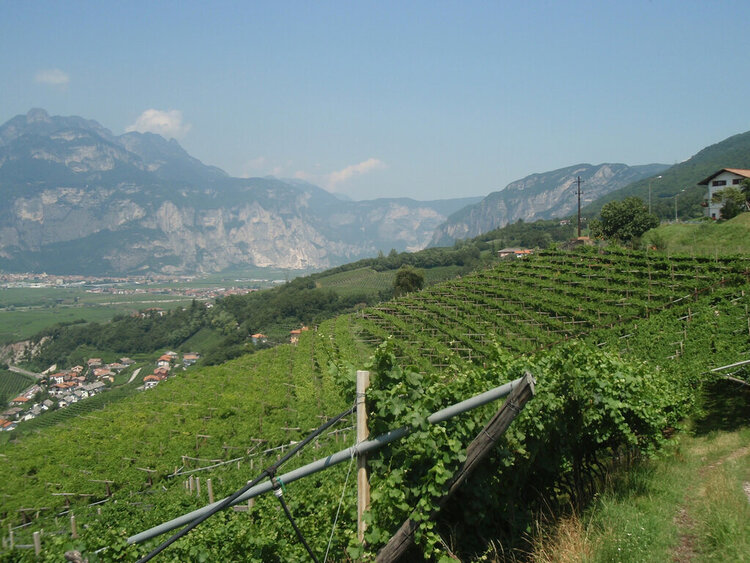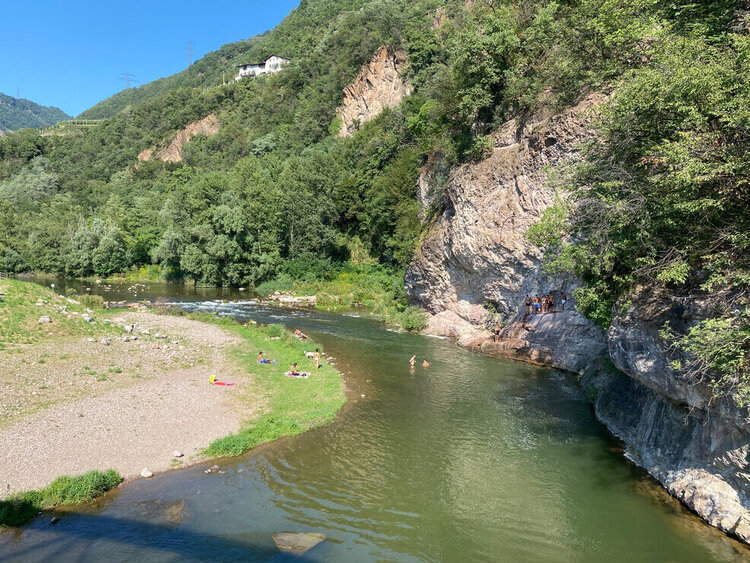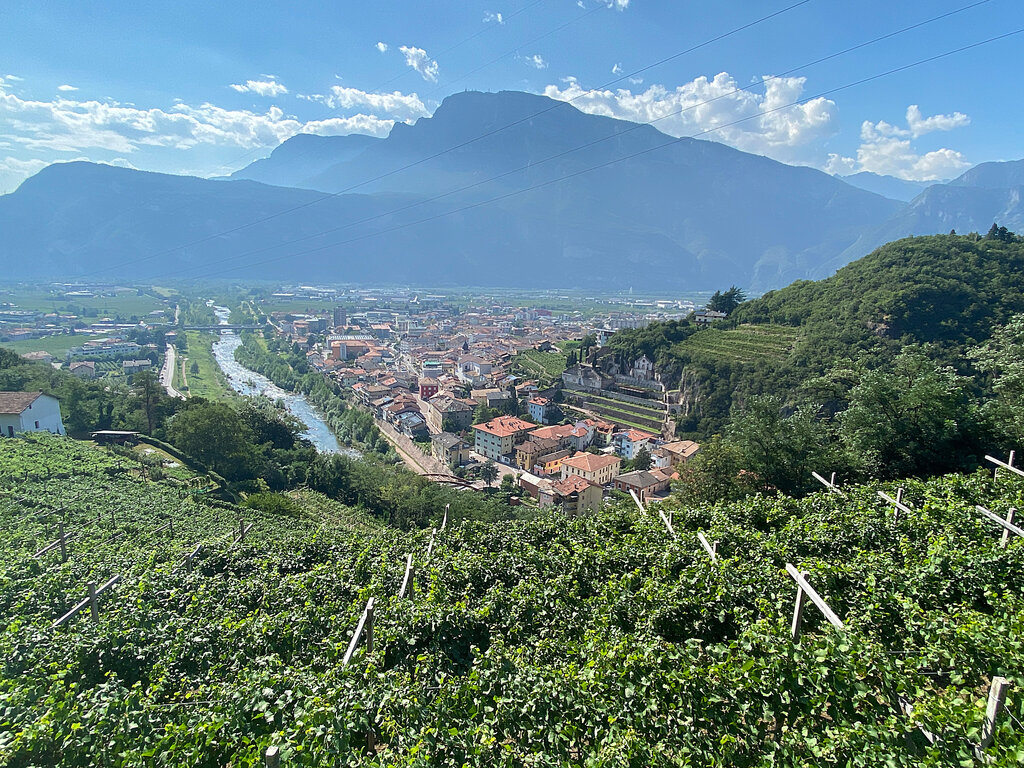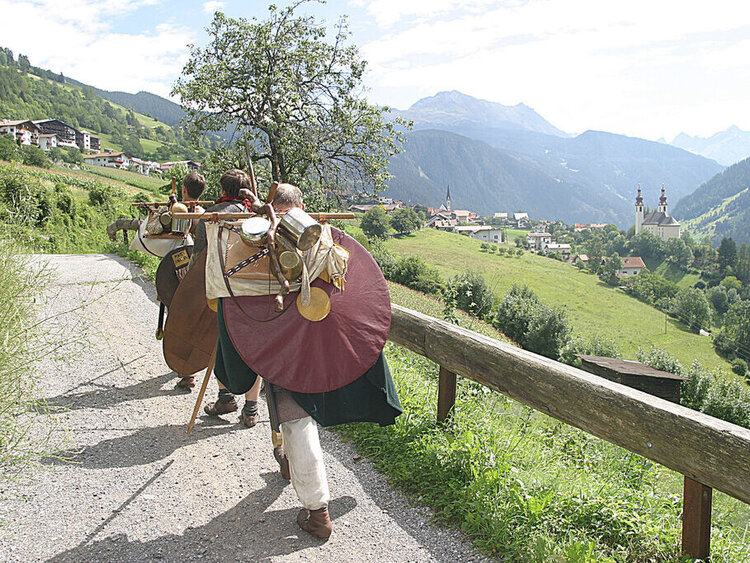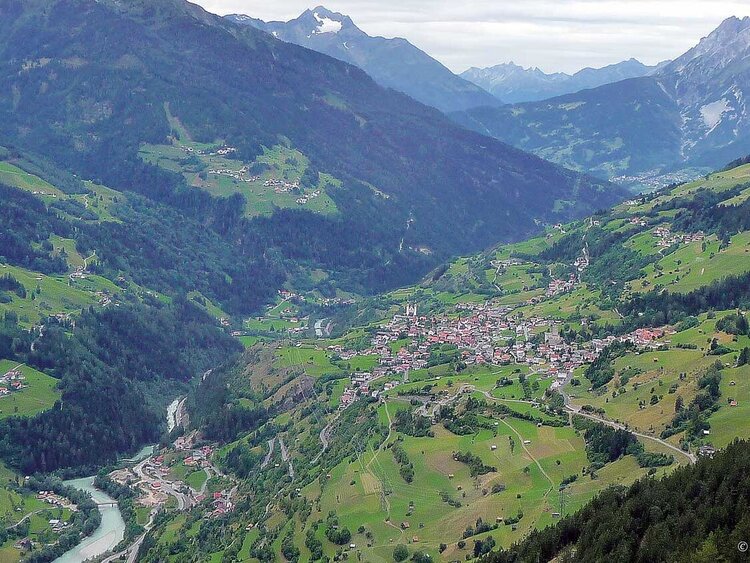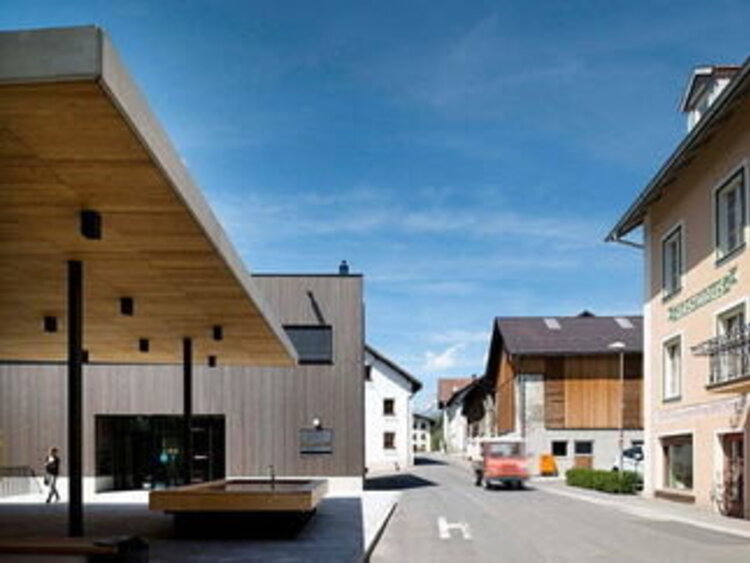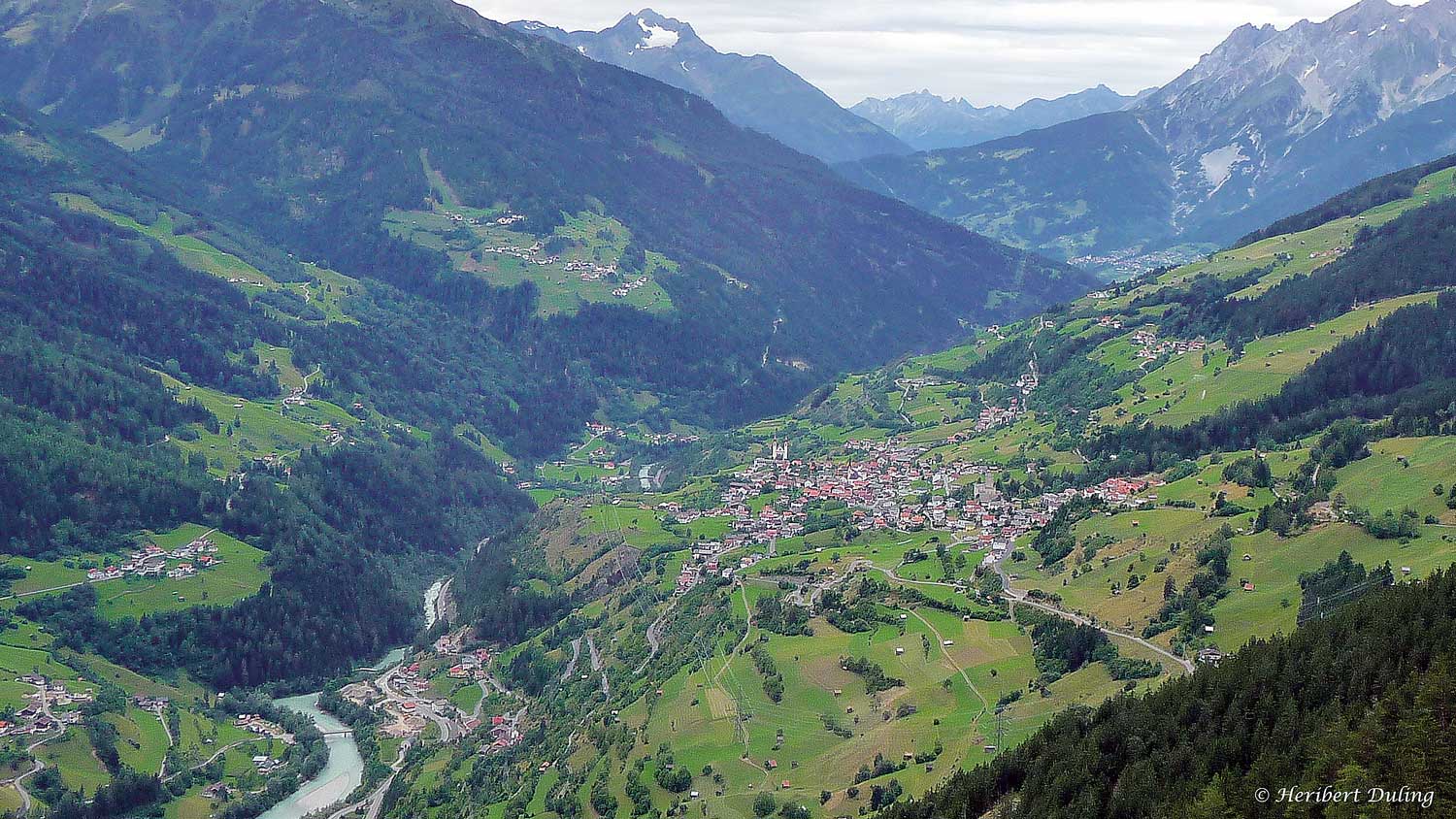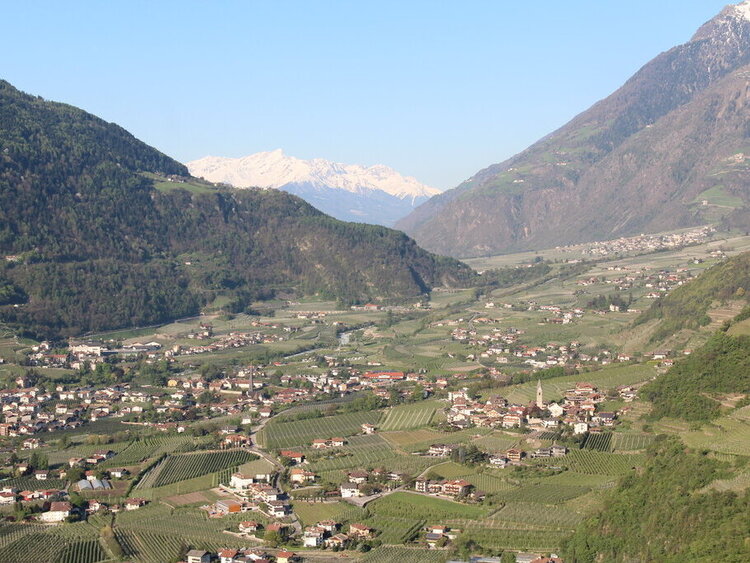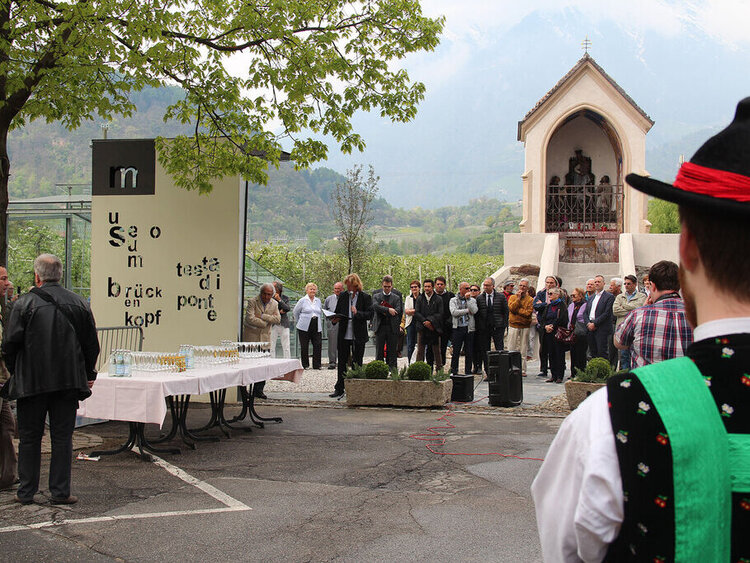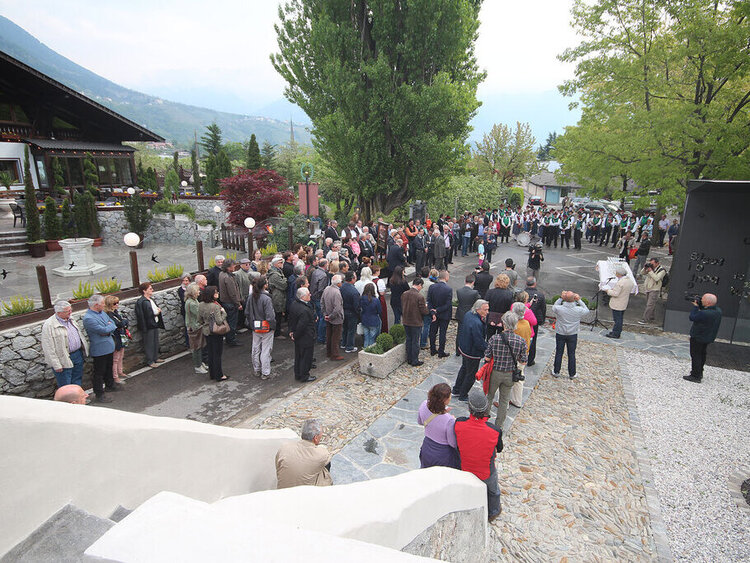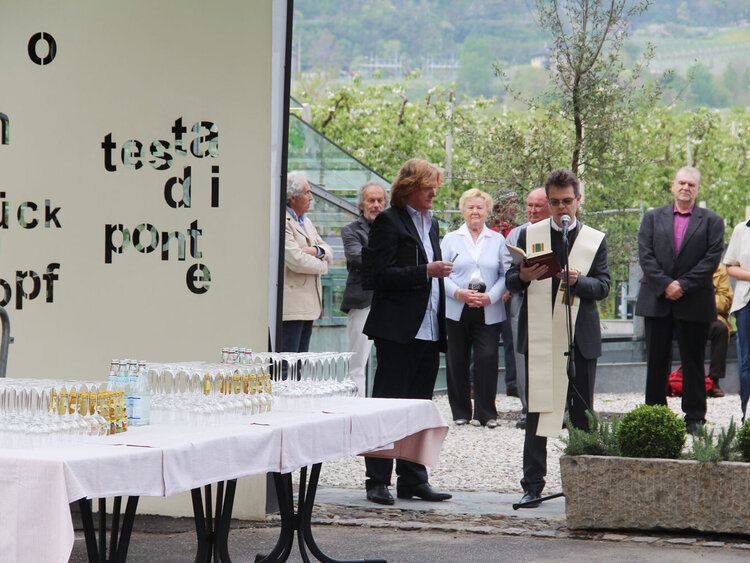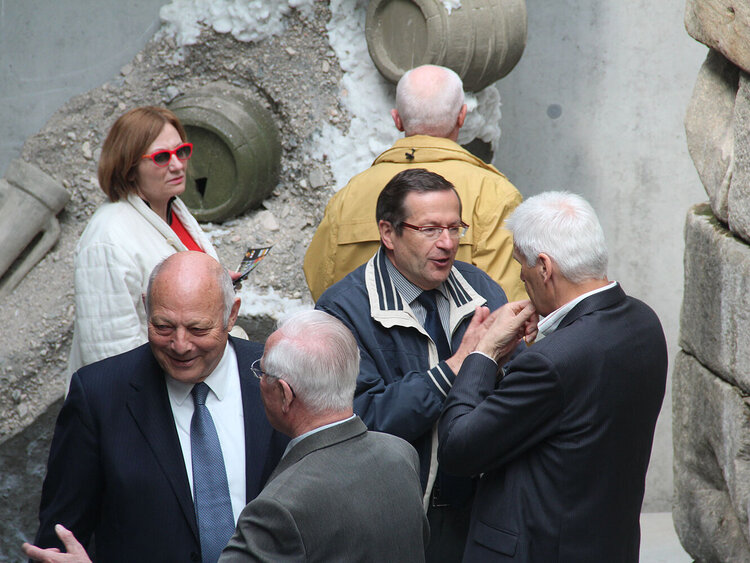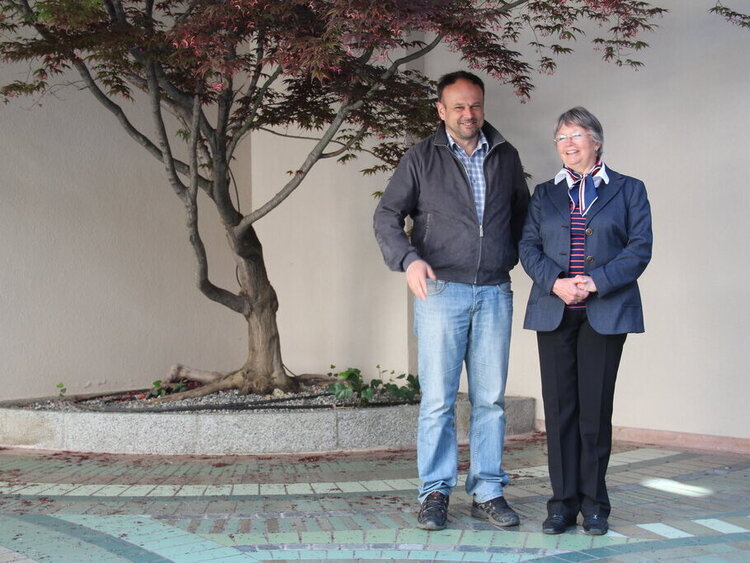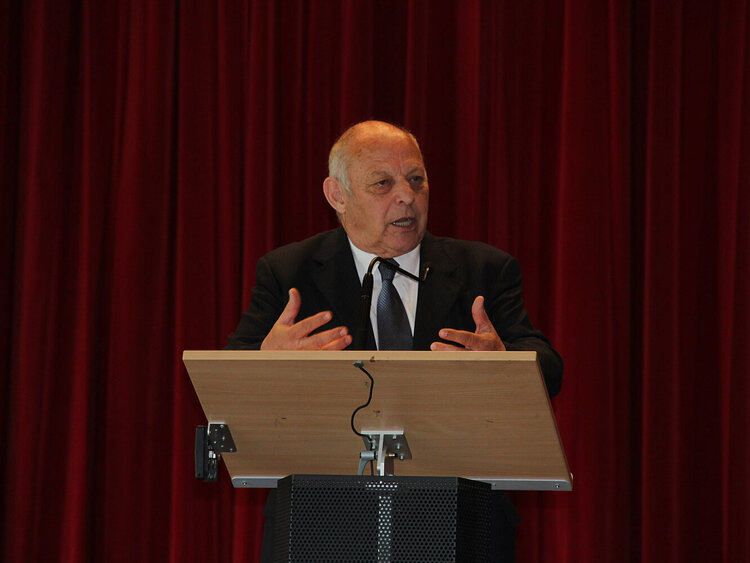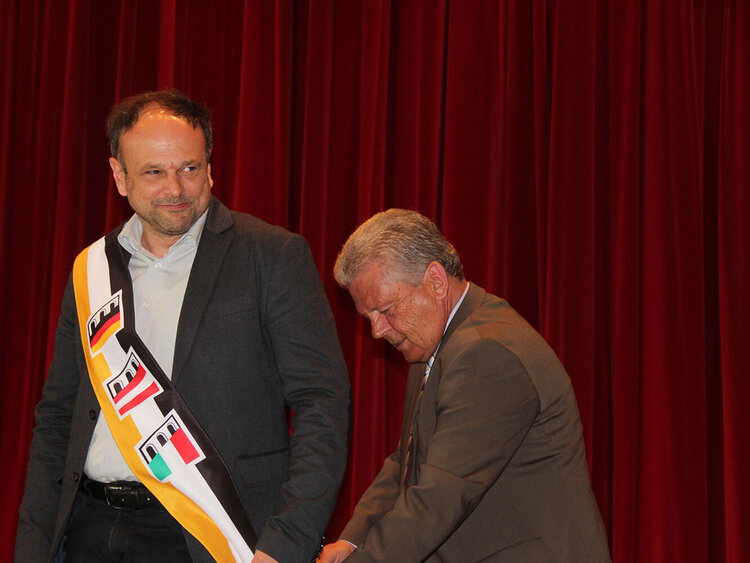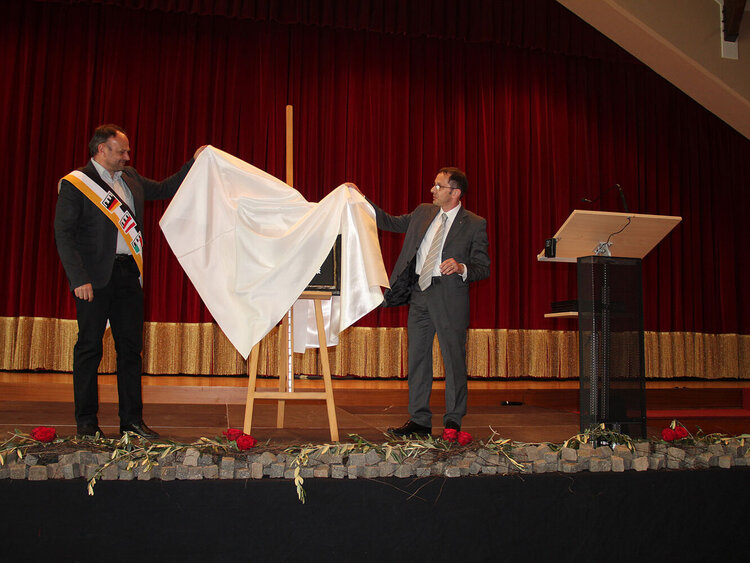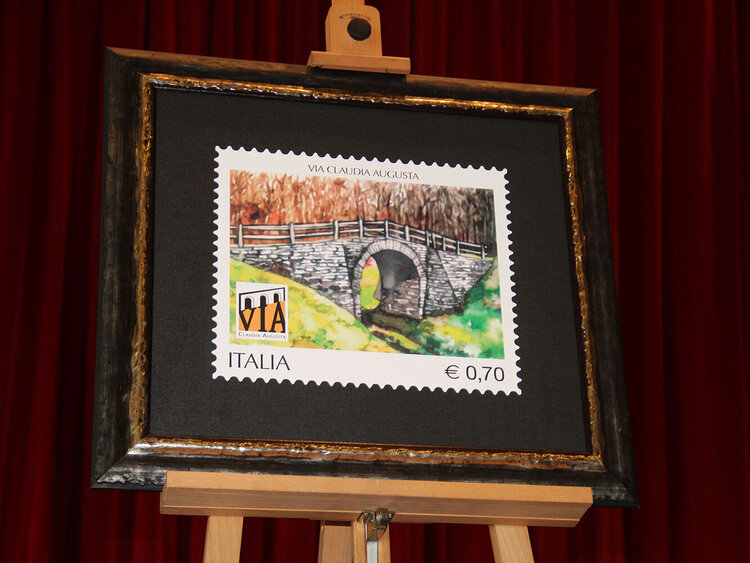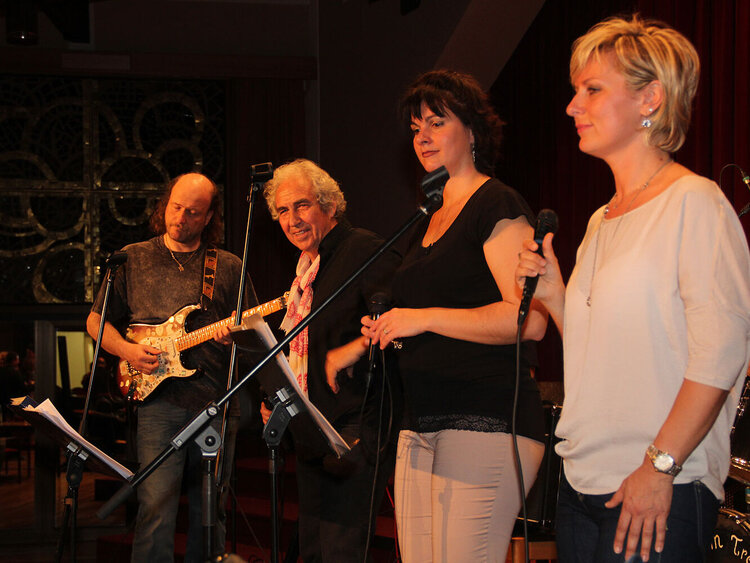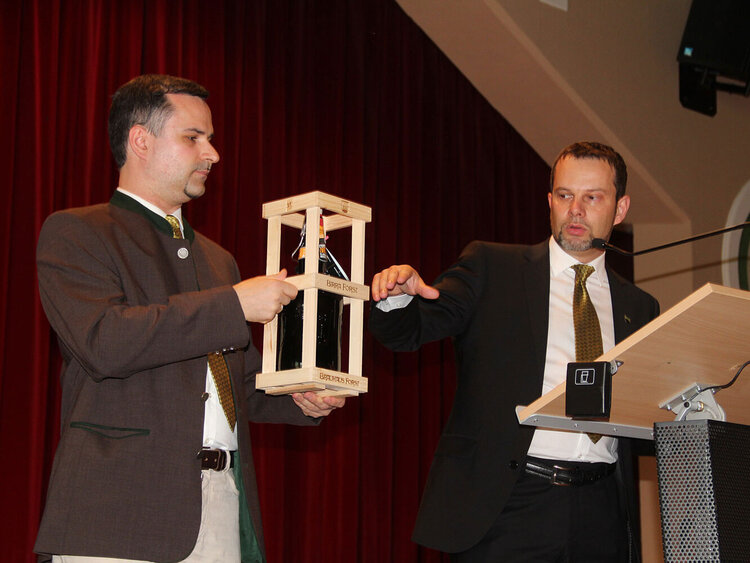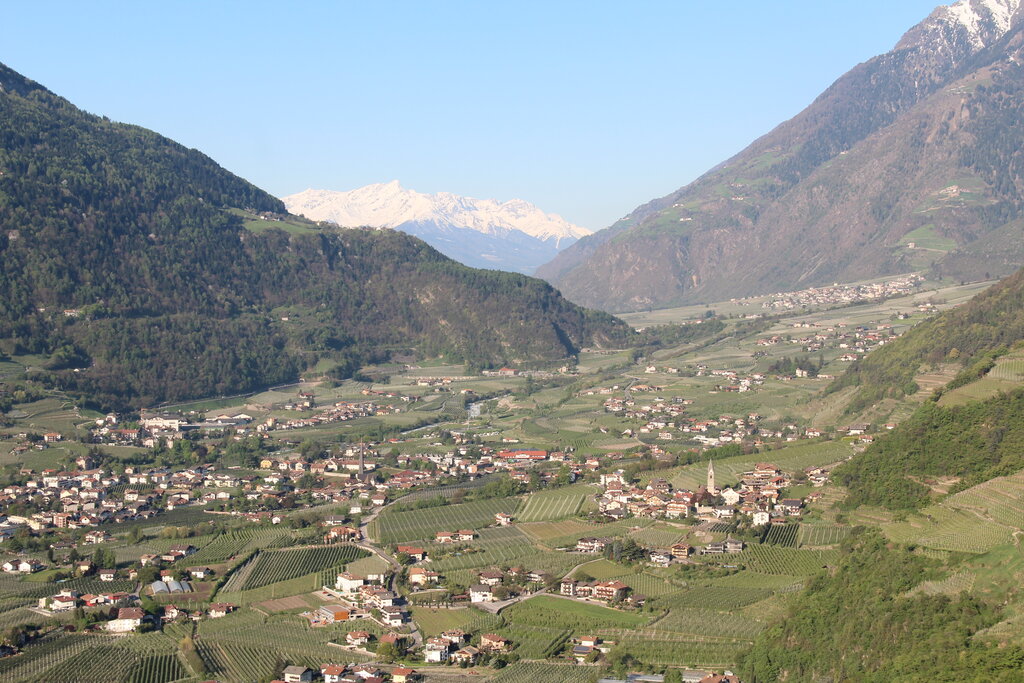Already the Celts, the Raetians, the Venetians, the Ligurians and the Etruscans had a lively exchange with each other. The Romans developed their way to the Europe-connecting ancient "Alpine highway" and named it after Emperor Claudius Via Claudia Augusta. The important road between the Danube and the Adriatic or the Po was also widely used in the Middle Ages and modern times, partly still today. It shaped regions, times, people and their cultures. Today, the Via Claudia Augusta is experiencing a new flowering as Europe's cultural axis. After Algund in 2014, this year there is again a Place of the Year (LOCUM ANNI), Fliess 2023, which celebrates the millennia-old connection between the north and south of Europe and invites everyone to participate. Other communities along the Europe-connecting road are invited to do the same to Algund and Fliess in the following years.
Every year
a place of the year
on the
Via Claudia Augusta
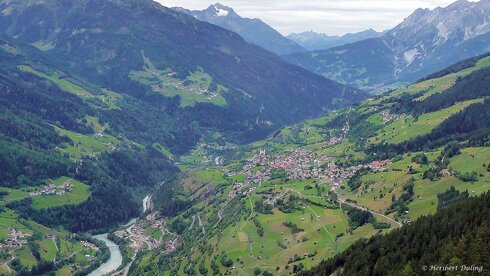

Which places will be the
next Places of the Year?
Any place in the Via Claudia Augusta corridor can apply to be the Place of the Year. The corridor includes all municipalities that have at least one square meter of municipal territory located no further than 5 km from the historic route of the Via Claudia Augusta. What can be the motivation for applying as Via Claudia Augusta Place of the Year (LOCUM ANNI)? A place can feel particularly connected to the Via Claudia Augusta. It can also be a jubilee in the place that gives the impulse to ... Being Place of the Year helps to make the place known along the Via Claudia Augusta and beyond, and to get in touch with others along the Via Claudia Augusta. Being a Place of the Year is also a hook and an impetus for joint activity in the community and for revitalizing the community, not only culturally. A Place of the Year should offer a year-long program on the Via Claudia Augusta, on the history and culture of the region and the place, ... This program should also give the opportunity to get to know the place, to visit. The program should also give the opportunity to as many different people as possible, who live and work in and around the place, to get to know the Via Claudia Augusta. For more details please write to the mail address.


In Lavis, in the south of the Trentino "Piana Rotaliana" plain, the Via Claudia Augsta crosses the Avisio before reaching Trento and crossing a hill into the Valsugana. Moreover, in Lavis a shortcut of the historical road branches off over the Val di Cembra. Lavis is therefore a historical traffic junction and predestined to be the main town of the Via Claudia Augusta 2024. Throughout the year there are activities in the town related to the Via Claudia Augusta, for the people of the town and their guests, and especially for residents of other towns along the Via Claudia Augusta. Be curious and check back here.
Lavis (emphasis on the "i") is located in the northern Trentino Adige Valley, where the Avisio river comes out of the Cembra Valley, separating it from the provincial capital of Trento. The municipality, which today has over 9000 inhabitants, is the southernmost of the "Piana Rotaliana" wine plain, a commercial center and an important wine-producing community. In the "Cantina di La Vis e Valle di Cembra" cellari a large part of the grapes from Lavis and surrounding villages are pressed, stored, bottled and marketed. The successor road of the Via Claudia Augusta comes from Trento or from the slope down from Valsugana, crosses the Avisio and then the historical center of the village, which nestles on the hillside that the historical road continued to follow to Pressano, to be safe from the waters of the Adige River. In the past, wood was transported to the Adige Valley via the Avisio. Along its banks there were lumber yards and sawmills. Until the 20th century, the Via Claudia Augustsa was the main road and travelers liked to stop at Lavis, behind which, from the 19th century, the hanging gardens of the Ciucioi await discovery as a unique experience. The municipality also has a picturesque center, with neat, colorful buildings. Particularly worth seeing are the small arch-priestly church of S. Udalrico, dating from 1450, the Casa Schuldhaus with its magnificent ashlar portal and the small baroque church of S. Giovanni Nepomuceno.


Fliess is the Tyrolean pioneer community in the revival of the Via Claudia Augusta as Europe's cultural axis, and has always been an active driver of cultural and historical activities since then. So it is obvious that after a long break, in which no place of the year was chosen, Fliess makes a new start. The whole year 2023 there will be activities around the Via Claudia Augusta in the village, for the population of the village and their guests, especially for inhabitants of other places along the Via Claudia Augusta. The highlight of the annual program is a Roman festival on June 18, 2023 in the center of the village. A link to the entire program can be found below.
Fließ is situated at a narrow point of the Inn Valley, directly adjacent to the district town of Landeck to the north, and extends from one slope to the other. The main village of Fliess is located on the sunny slope, where the Via Claudia Augusta also ran until the 18th century, because people did not want or could not lead the road through the narrow Inn gorge. The location on the sunny slope has always made the village a sought-after place for settlements, where fruit ripened that otherwise could not be found at this altitude in Tyrol. Today, Fliess has about 3000 inhabitants and was once the most populous municipality in the district before several independent villages were united to form the municipality of Landeck. The inhabitants are distributed among the main village and numerous smaller villages and hamlets on the slopes on both sides of the Inn River and in the valley. Fliess is part of the Kaunergrat Nature Park, home of the Nature Park House and has many special features to offer, especially features related to history, culture and nature. Numerous, top-class finds, which prove the early settlement already before the Roman times, can be marveled at in the Museum Fliess in the village center. Vis-a-vis is the documentation center Via Claudia Augusta Tirol. Above the village, at the Piller, near the Nature Park House, a sacrificial site can be discovered, which originated in early history and was further used by the Romans. A special feature of Fliess is also the dry grassland vegetation on the sunny slope around the main village of Fliess and the other sunny villages of the municipality.
Fliess is considered a prime example of successful village renewal. It combines history with openness for new things. It was even awarded the European Village Renewal Prize 2016. Here is a brochure on the "Miracle of Fliess".


In Algund there have always been people who are particularly enthusiastic about the Via Claudia Augusta and committed themselves to its revival - first Giancarmine Tollis and Martin Geier, then Cesare D'Eredità, who succeeded Tollis as cultural assessor. The former ensured that Algund became the site of the Via Claudia Augusta in the year of the 2000th anniversary of the birth of Emperor Augustus. Already at that time Cesare D'Eredità was involved, who initiated a stamp on the Via Claudia Augusta, showing the Roman bridge in Lamon (Veneto). Mayor Ulli Gamper and his predecessors also always had an open ear. All 3 can be seen in the pictures from the festivities. The whole year 2014 there were activities in Algund around the Via Claudia Augusta, for the population of the village and their guests, especially for residents of other towns along the Via Claudia Augusta. The highlight of the annual program was the opening of the Bridgehead Museum, which since then has functioned as the Via Claudia Augusta Documentation Center for South Tyrol.
Algund lies on the Töll plateau, which forms the geographical border of the Vinschgau Valley and from which, coming from the north via the Via Claudia Augusta, the vegetation becomes truly Mediterranean for the first time, lush, colorful, with numerous palm trees. The mild climate in the protected valley basin, along with the obviously plant-loving people of Algund, ensures that the village is rightly called a garden village. The whole village and the surrounding area present themselves like a large garden. To the east, Algund borders on the spa town of Merano. The Via Claudia Augusta leads down the sunny slope into the village, where there was once the last opportunity to cross the Adige River before it took over the entire valley. Therefore, historians assume that there was an Adige crossing in Algund already in Roman times. From a medieval bridge even the head of the bridge still exists, which today can be admired in the Bridgehead Museum, which functions as a documentation center of the Via Claudia Augusta for South Tyrol. Algund has almost 5000 inhabitants and is one of the places with the highest number of overnight stays in the wellness region Meraner Land. The village has with the Algunder Waal one of the most beautiful Waalwege. With the cable car Algund-Vellau you can also reach in a short time from the Mediterranean valley floor to lofty heights, with magnificent views of mountain and valley. The parish church is still young but worth seeing. In Algund you can also discover the former monastery of Steinach and Forst Castle, which gave its name to the Forst brewery of the same name.
















